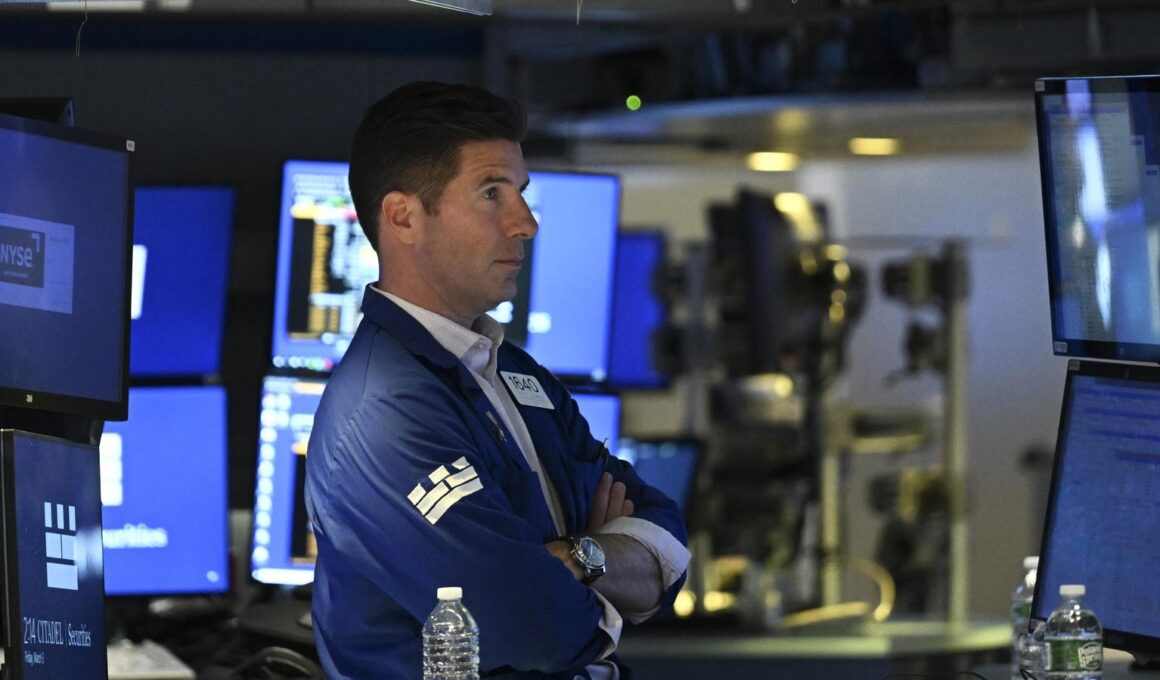Topline
The leading U.S. stock market index ended the week almost exactly flat, covering up a rollercoaster week for the S&P 500 which included its best and worst days of the last 18 months and offering an anxiety-inducing reminder of the stock market’s fickle nature.
The S&P was flat this week this as panic turned ordinariness.
Key Facts
After gaining 0.5% on Friday, the S&P closed the first week of August down 0.05%, dipping ever so slightly from 5,346.56 to 5,344.16.
The S&P actually just registered its fourth week with less than a 0.1% weekly movement of the last two years, but behind that ordinariness was major turbulence.
The S&P tanked 3% Monday amidst global dread over an impending stock market crash partially tied to worse-than-expected U.S. monthly unemployment, with Wall Street’s “fear gauge” spiking briefly to a level unseen since March 2020, before quickly rebounding as secondary employment data calmed nerves about an imminent recession.
“Investors have become quite reactive following a strong and steady period for the market,” remarked Mark Hackett, Nationwide’s head of investment research, in emailed comments.
The other two leading American equity indexes, the Dow Jones Industrial Average and Nasdaq Composite, also recovered most of this week’s losses, with the top heavy Dow ending the week down 0.2% and the tech-concentrated Nasdaq booking a 0.6% weekly loss.
Crucial Quote
“Market narratives can change quickly, but they are not always right,” Raymond James’ Chief Investment Officer Larry Adam wrote to clients about this topsy-turvy stretch for stocks.
Key Background
Last Friday’s jobs report triggered fears of a recession via the oft-cited Sahm indicator, which tracks changes in unemployment rate. Simultaneous concerns about the historically austere Bank of Japan’s indication it will hike interest rates to stabilize the yen caused the the flash crash, with many fearing long-term effects. Stock indexes globally remain depressed from their all-time highs set earlier this year even after the bounceback, with Europe’s Stoxx down 5% from its May peak, the S&P down 6% from its July apex and Japan’s Nikkei down 17% from its July high. It’s hardly time to declare victory against the prospects of a recession—Goldman Sachs and JPMorgan Chase set the odds of one coming to the U.S. at 25% or more over the next year—and further stock losses could very well be on the horizon, but it is very normal for stocks to decline on the way to long-term gains. Between 1928 and 2019, the S&P suffered an average annual drawdown of 16%, according to Bespoke Investment Group. This year’s drawdown, defined as an asset’s steepest decline from its all-time high, is just 8.5%, hardly firing off historic alarms. “While sell-offs are never comfortable this year has been fairly calm from a historical perspective,” Adam noted.
Trump Media to the Saudi Arabian influence on golf and what real-life billionaires think of ” Succession.” Send tips to dsaul@forbes.com. Follow Saul for analysis on the biggest daily economic and stock market happenings, ranging from inflation data to tech earnings to deep-dives on hot button assets.
“>







